8 Surprising Space Shuttle Facts
NASA's Reusable Space Plane
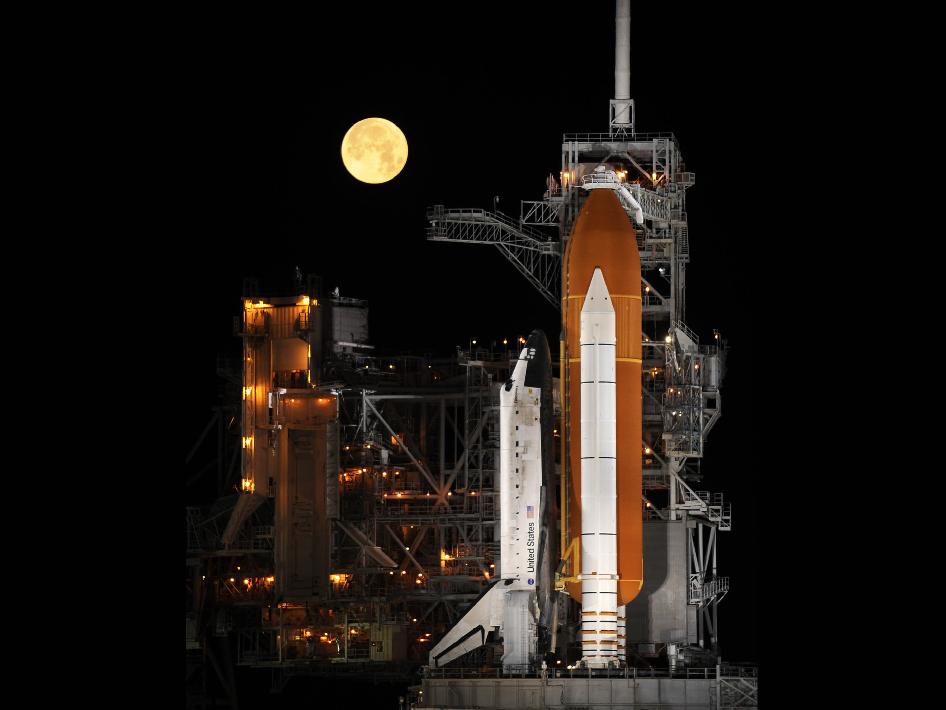
After 30 years of service, NASA's fleet of three spaceshuttles is standing down for good.
The final shuttle mission planned, the STS-135launch of Atlantis, launched in July 2011. After that, the orbiters willbe headed to museums to live out their lives on public display.
As we say goodbye to the iconic reusable space planes,here are eight surprising shuttle facts to keep in mind:
Top Speed
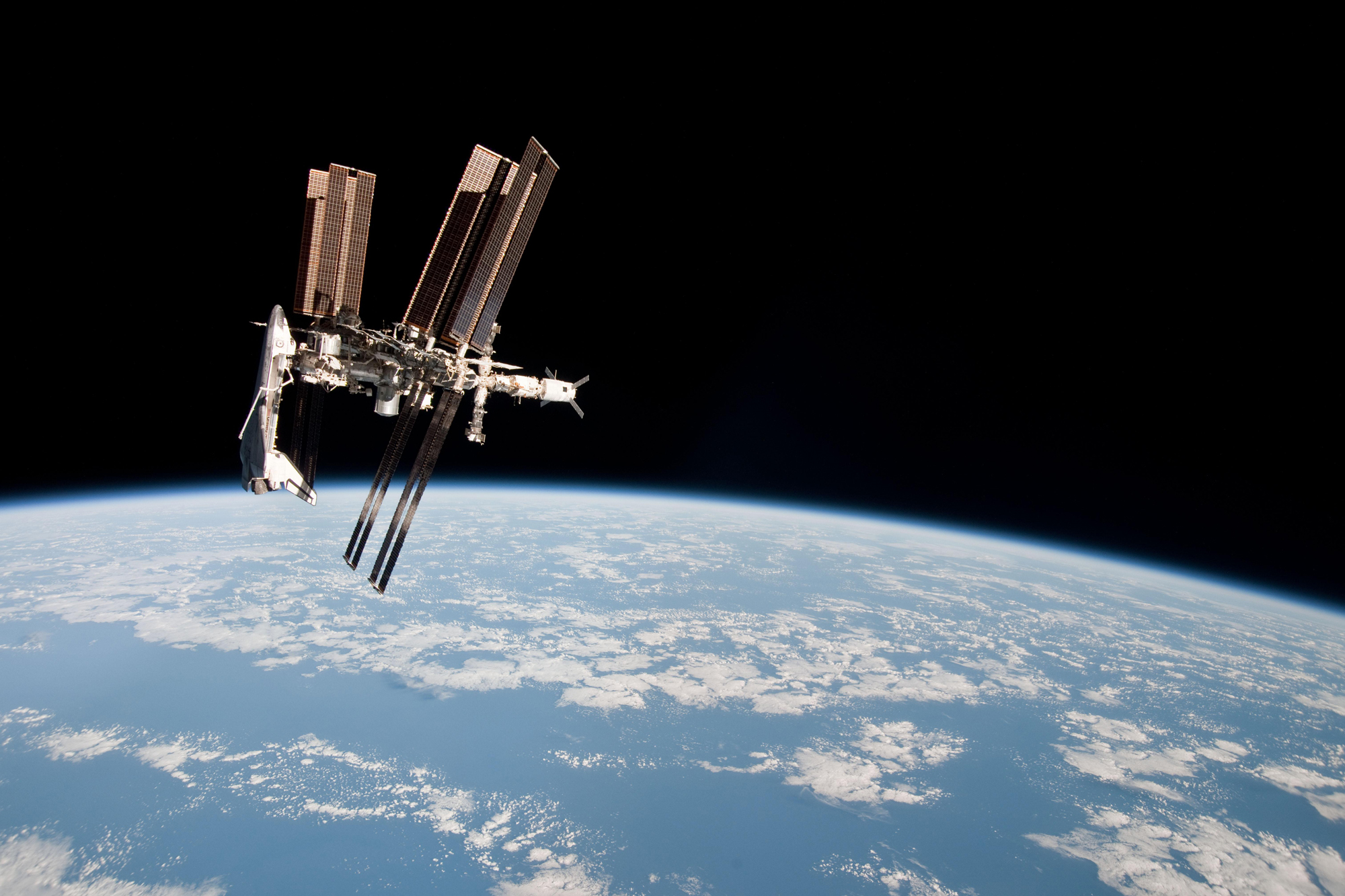
While in orbit, the space shuttle travels around Earth ata speed of about 17,500 miles (28,000 kilometers) per hour. At this speed, thecrew can see a sunrise or sunset every 45 minutes. [Top 10Space Shuttle Photos]
Well Traveled
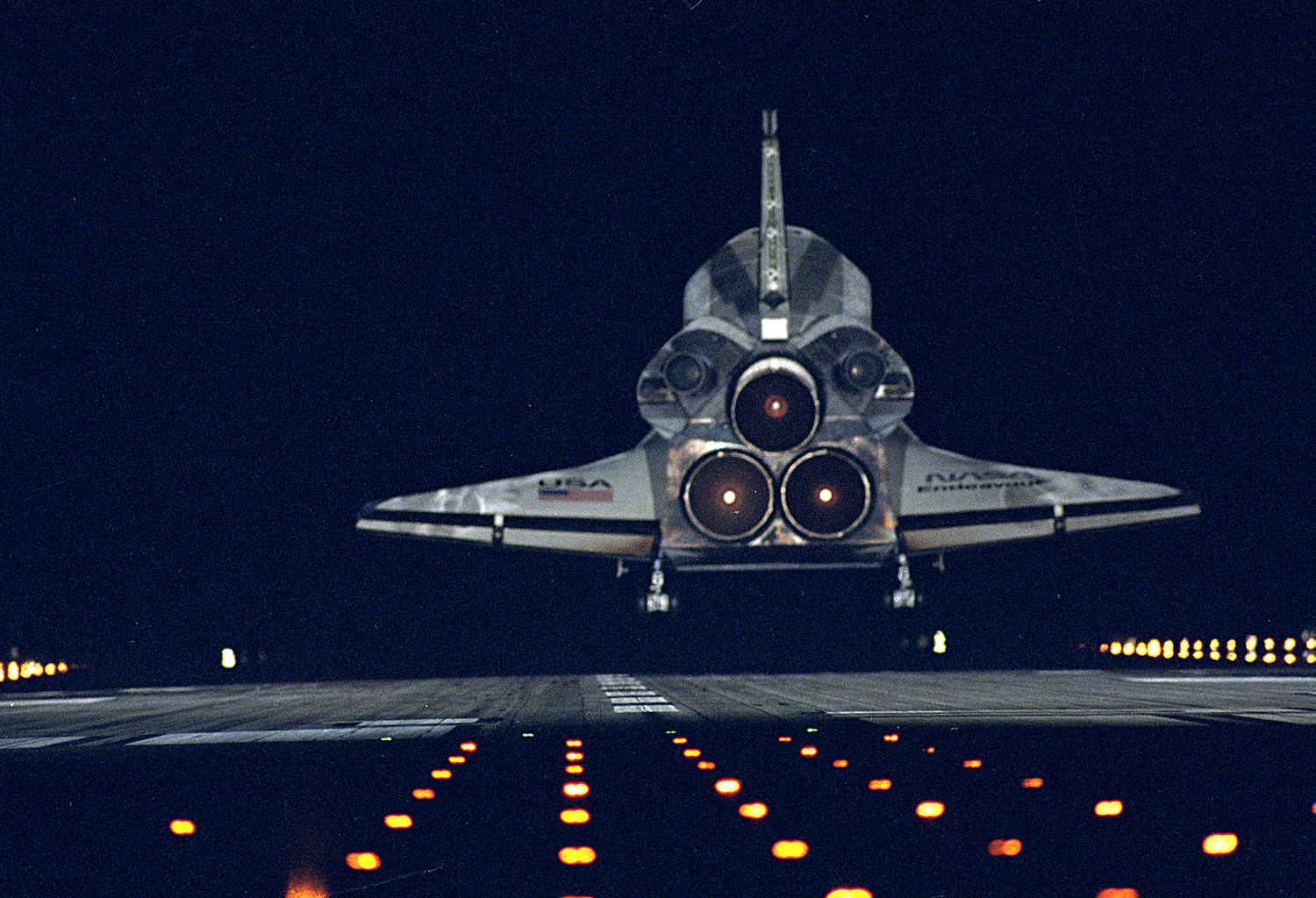
The combined mileage of all five orbiters is 513.7 millionmiles (826.7 million km), or 1.3 times the distance between Earth and Jupiter. Eachorbiter, except for Challenger, traveled farther than the distance betweenEarth and the sun.
Presidential Attention
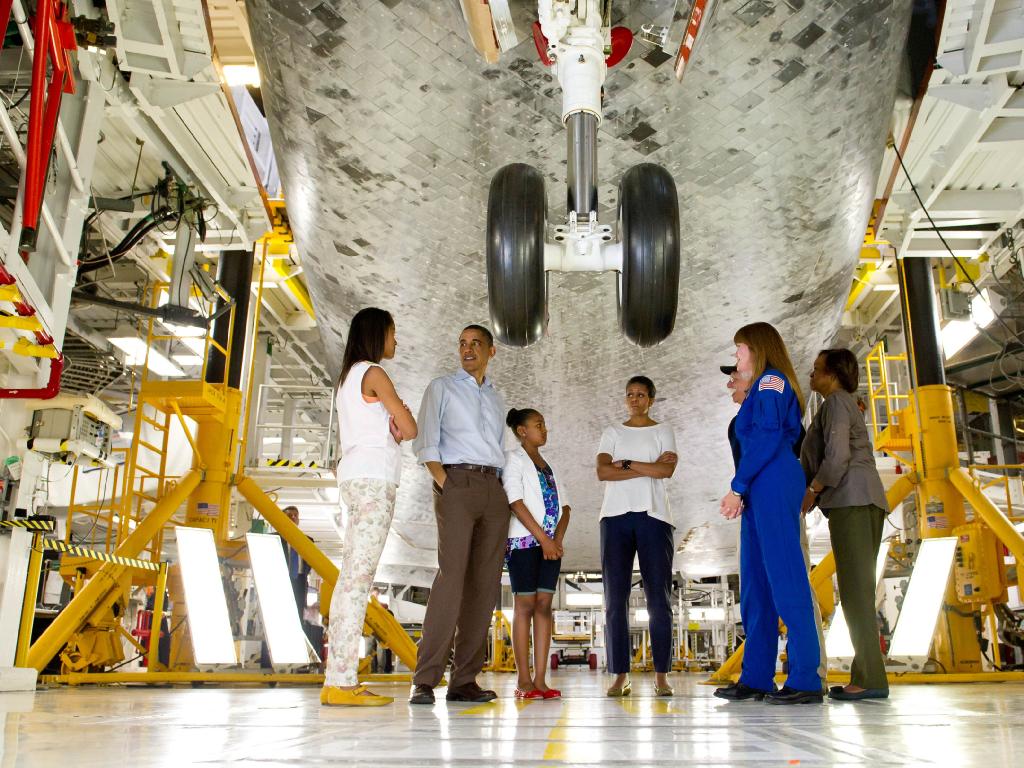
Only one president has been on hand to witness a spaceshuttle launch. President Bill Clinton, along with his wife Hillary Clinton, watchedMercury astronaut John Glenn's return to space on the STS-95 flight on Oct. 29,1998 from the Kennedy Space Center in Florida.
President Obama had planned to watch the shuttle Endeavourlift off on its final mission STS-134, on April 29, 2011, but that launch wasdelayed. The Presidentand his family did visit the spaceport anyway.
Space Science
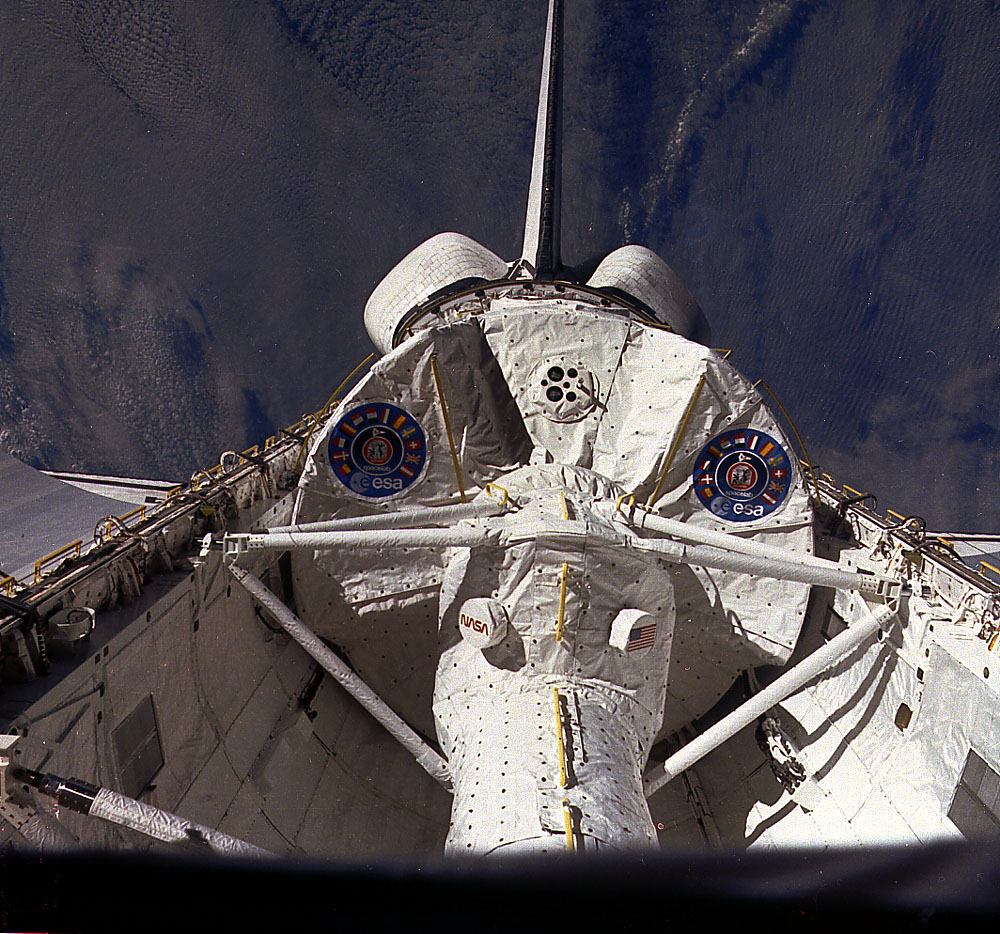
The space shuttle isn't just a mode of transport: It's alaboratory, too. There have been 22 Spacelab missions, or missions wherescience, astronomy, and physics have been studied inside a special modulecarried on the space shuttle.
Spacelab, a reusable laboratory built for use on spaceshuttle flights, allowed scientists to perform experiments in microgravity.Starting in 1983's Challenger missions, animals became a prime component ofspace science. On the STS-7 mission, the social activities of ant colonies inzero gravity were examined, and during STS-8, six rats were flown in the AnimalEnclosure module to study animal behavior in space.
Taking the Heat
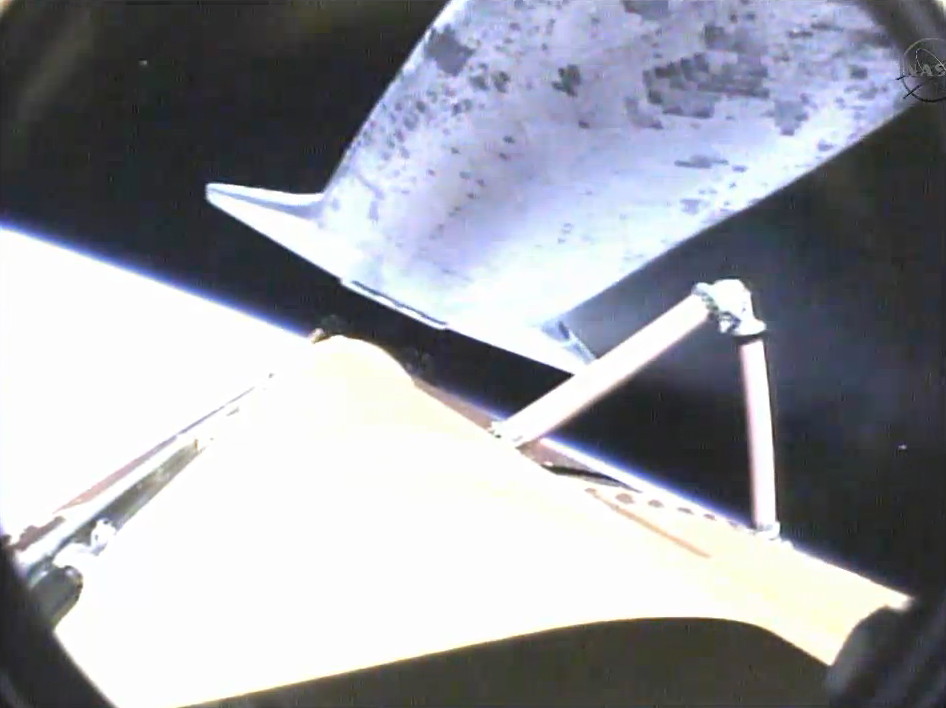
All of thetiles are thoroughly inspected before liftoff – they are a crucial tool thatallows the space shuttle to endure the intense heat endured when the shuttlere-enters Earth's atmosphere to land. After the tiles are heated to peaktemperature, the tiles can cool fast enough to be held in your hand only aminute later.
Packing on the Pounds
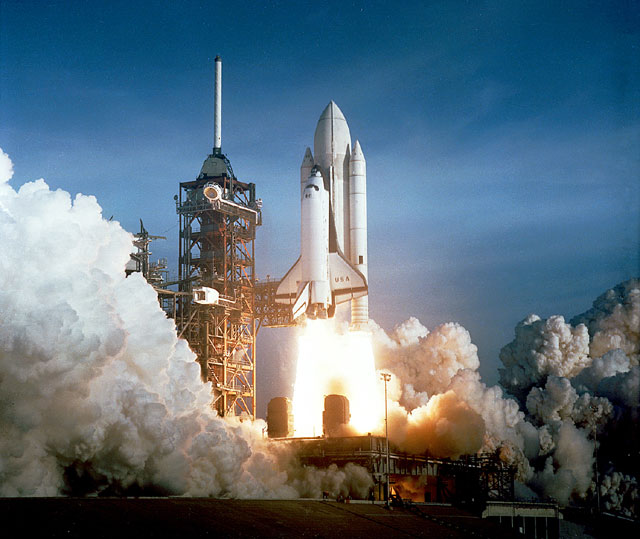
The heaviest space shuttle orbiter, Columbia, weighed178,000 pounds (80,700 kg), roughly the weight of 13 African Elephants.
Columbia, the firstspace shuttle to fly, weighed the most because NASA was still searching forlighter materials to use, and integrated some of these into the later orbiters.
Official Monikers
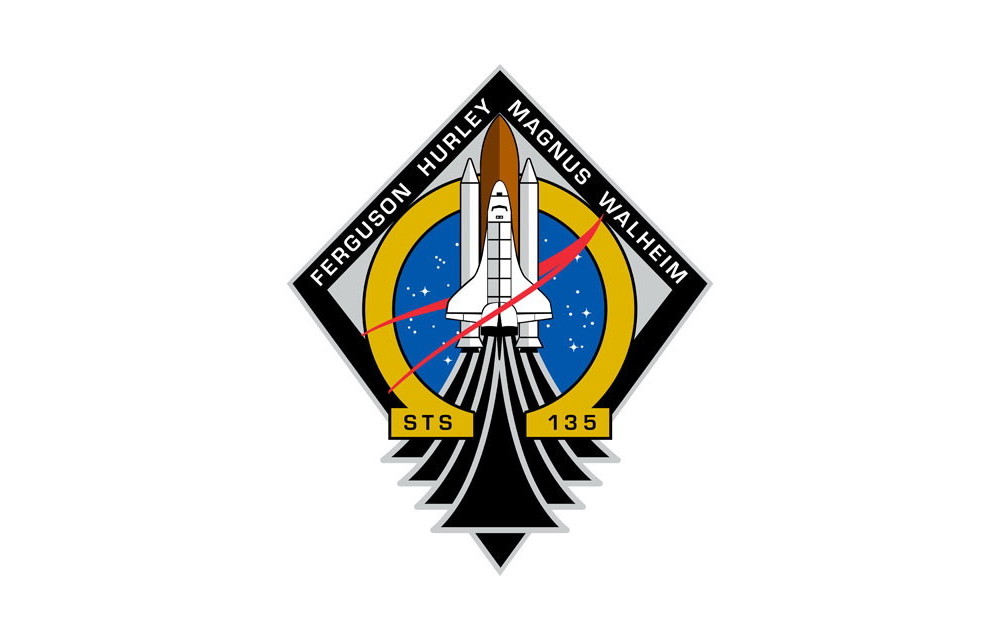
The space shuttle program is officially known as the SpaceTransportation System (STS), and so each shuttle mission is designated with theprefix "STS."
Initially, the missions were given sequential numbersindicating their order of launch, from STS-1 through STS-9. However, because thethen-NASA administrator James Beggs suffered from triskaidekaphobia (the fear of the number 13) and wantedto avoid associations with the unlucky Apollo 13 mission, the agency drew up anew numbering system for spaceshuttle missions, according to NASA history accounts by several astronauts attime.
After the 1986 Challenger disaster, when that shuttle andits STS-51L mission crew were lost, the agency resumed the sequential numberingsystem, starting with STS-26.
Tweeting from Space
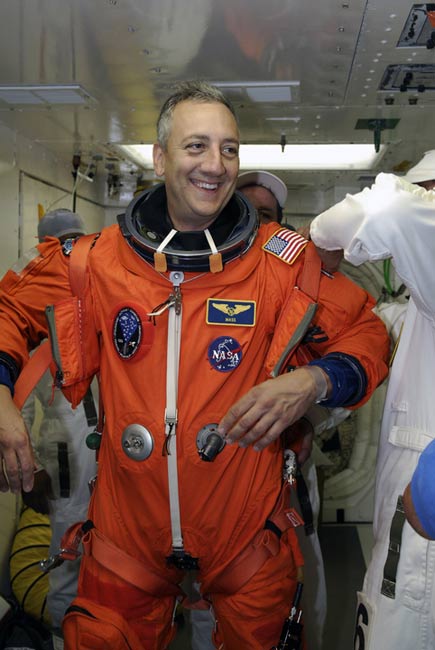
On May 11, 2009, astronaut Michael J. Massimino, acrewmember of the space shuttle Atlantis’ STS-125 mission, became the firstperson to use the microblogging site Twitter in space.
Writing as @Astro_Mike, he tweeted "From orbit:Launch was awesome!! I am feeling great, working hard, & enjoying themagnificent views, the adventure of a lifetime has begun!"
Since then, many astronauts from NASA and other spaceagencies have posted Twitter messages from space. One, NASA spaceflyer DougWheelock, won a Twitter Shorty Award earlier this year for the posts and photoshe shared from space using the website during his months-long stay aboard theInternational Space Station.
For NASA's final space shuttle mission, all four ofAtlantis' crewmembers have Twitter alias. They are: commander Chris Ferguson (@Astro_Ferg), pilot Doug Hurley (@Astro_Doug), mission specialistSandy Magnus (@Astro_Sandy)and mission specialist Rex Walheim (@Astro_Rex).
Atlantis's final mission is STS-135 and will fly a 12-daymission to deliver vital supplies and spare parts to the International SpaceStation. NASA is retiring all three of its shuttles after 30 years to make wayfor a new program aimed at sending astronauts on deep space missions to anasteroid and other targets.
Join our Space Forums to keep talking space on the latest missions, night sky and more! And if you have a news tip, correction or comment, let us know at: community@space.com.
Get the Space.com Newsletter
Breaking space news, the latest updates on rocket launches, skywatching events and more!
Lily is a former contributing writer covering the Space Shuttle and Human Spaceflight. She was a contributing author for Life's Little Mysteries, a sister site to Our Amazing Planet. She's a graduate of DePaul University and Fairfield University and is currently employed at Sage Publishing as an Executive Editor for Business Studies in Nashville, Tennessee where she oversees the creation of best-selling textbooks.

